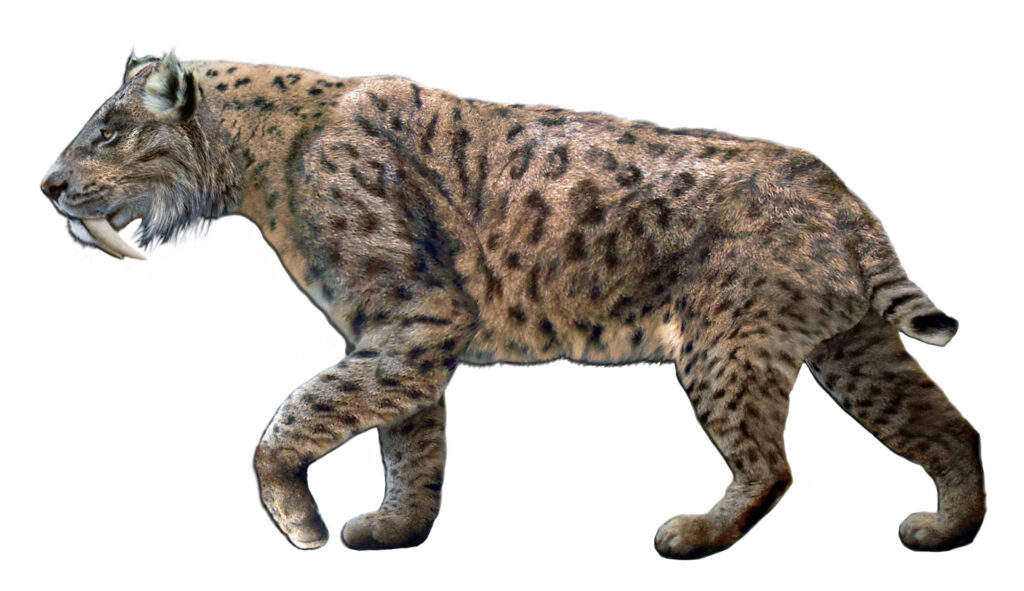Picture massive weather systems so powerful they dwarf anything we’ve witnessed in modern times. Storm systems that could move mountain-sized boulders, carve out entire valleys, and literally reshape coastlines within hours. These aren’t the stuff of science fiction.
You’re about to discover compelling evidence that such prehistoric superstorms may have fundamentally altered the geography of our planet. From mysterious giant boulders perched on impossible clifftops to geological signatures that defy conventional explanation, the Earth holds secrets of ancient weather violence that could rewrite our understanding of how continents formed. Let’s dive into the fascinating world where ancient storms meet geological mystery.
The Discovery of Impossible Boulders
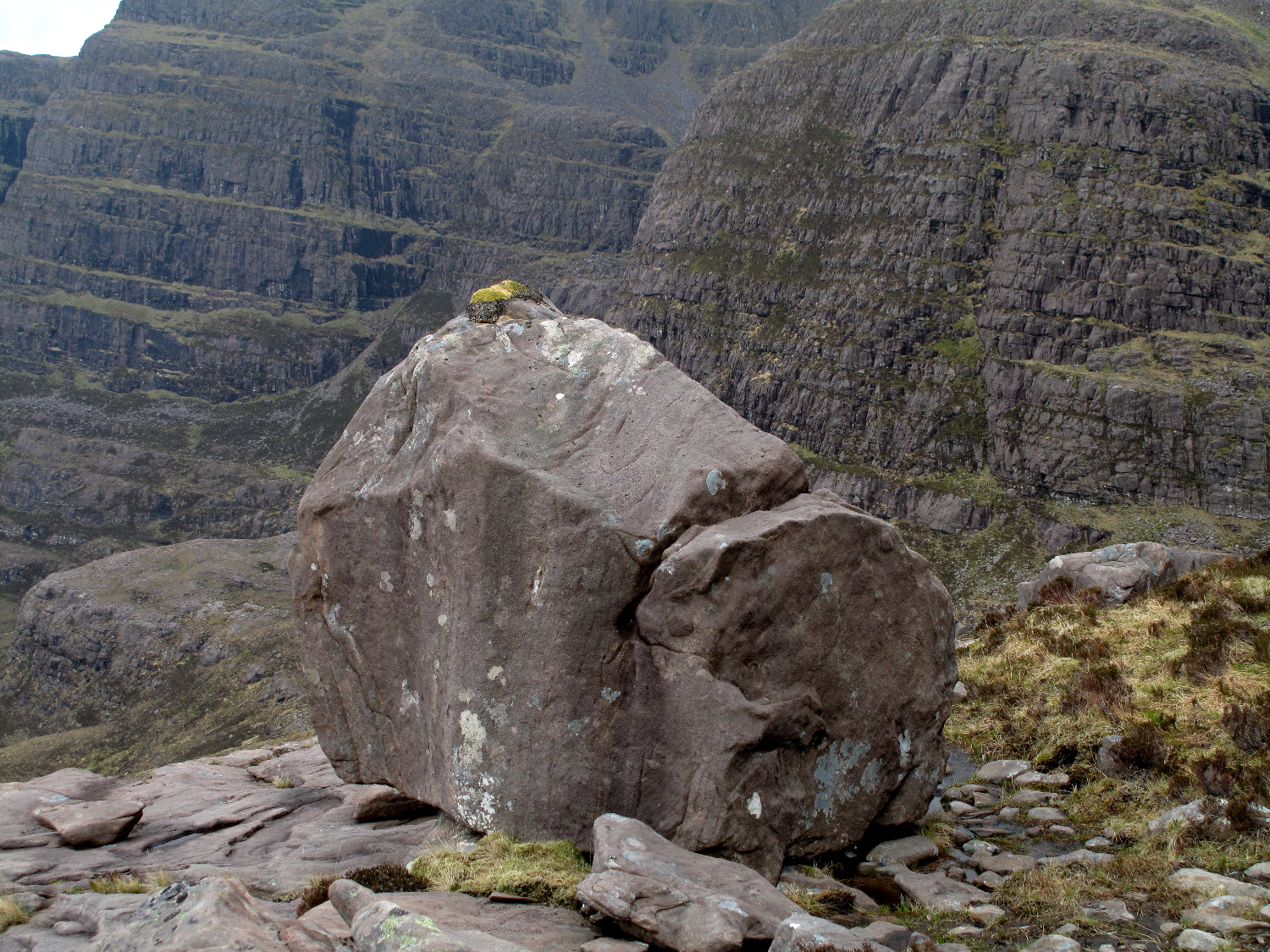
Seven massive boulders weighing hundreds of tons lie atop a roughly fifteen-meter-high cliff on North Eleuthera in the Bahamas. These geological giants shouldn’t exist where they are. Studies suggest that storms of intensities seen today, combined with a few meters increase in sea level, were enough to transport coastal boulders weighing hundreds of tons more than 100,000 years ago.
Climate scientist James Hansen, drawing on the work of geologist Paul Hearty, suggested they had been put in place by catastrophic superstorms more than 100,000 years ago at a time of higher seas and dangerous weather dynamics. The implications are staggering. If ancient storms could move such massive objects, what else might they have accomplished in reshaping our world?
Evidence of Ancient Hypercanes

Kerry Emanuel of the Massachusetts Institute of Technology suggests that hurricanes could intensify beyond normally observed intensities today if they existed over unusually warm water for extended periods of time, calling these hurricanes, which could have horizontal winds exceeding 300 mph, hypercanes. These theoretical superstorms would make modern hurricanes look like gentle breezes.
Picture the most powerful and destructive megastorm ever to hit the planet: a super hurricane that reached 20 miles high with winds potentially exceeding 200 mph. Meteorologist Kerry Emanuel discusses how a hypercane could appear if ocean temperatures rose dramatically, suggesting that sea surface temperatures could reach about 50°C (122°F) under specific conditions. Such conditions may have existed during Earth’s more tumultuous past.
Paleotempestology Unlocks Storm History
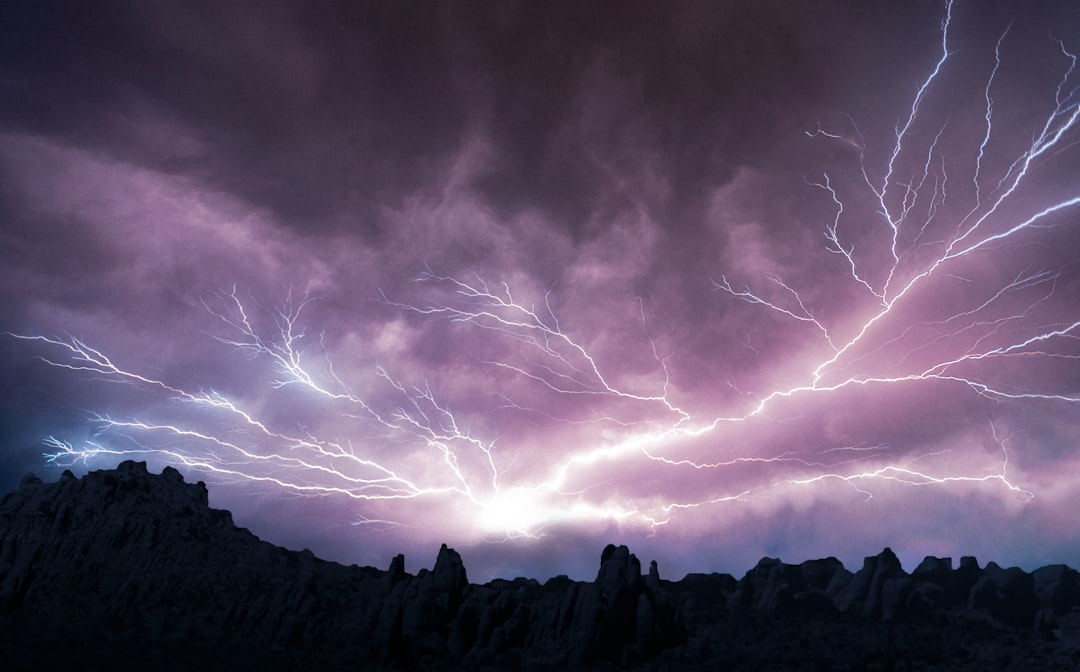
Paleotempestology is the study of past tropical cyclone activity by means of geological proxies as well as historical documentary records, with the term coined by American meteorologist Kerry Emanuel. This scientific discipline gives you a window into storms that occurred thousands of years before human records began.
The usual approach in paleotempestology is the identification of deposits left by storms, most commonly overwash deposits in waterbodies close to the coast, as well as oxygen isotope ratio variations caused by tropical cyclone rainfall in trees or speleothems (cave deposits), and identifying beach ridges kicked up by storm waves. These geological breadcrumbs tell stories of unimaginable atmospheric violence.
Superstorms and Continental Ice Formation
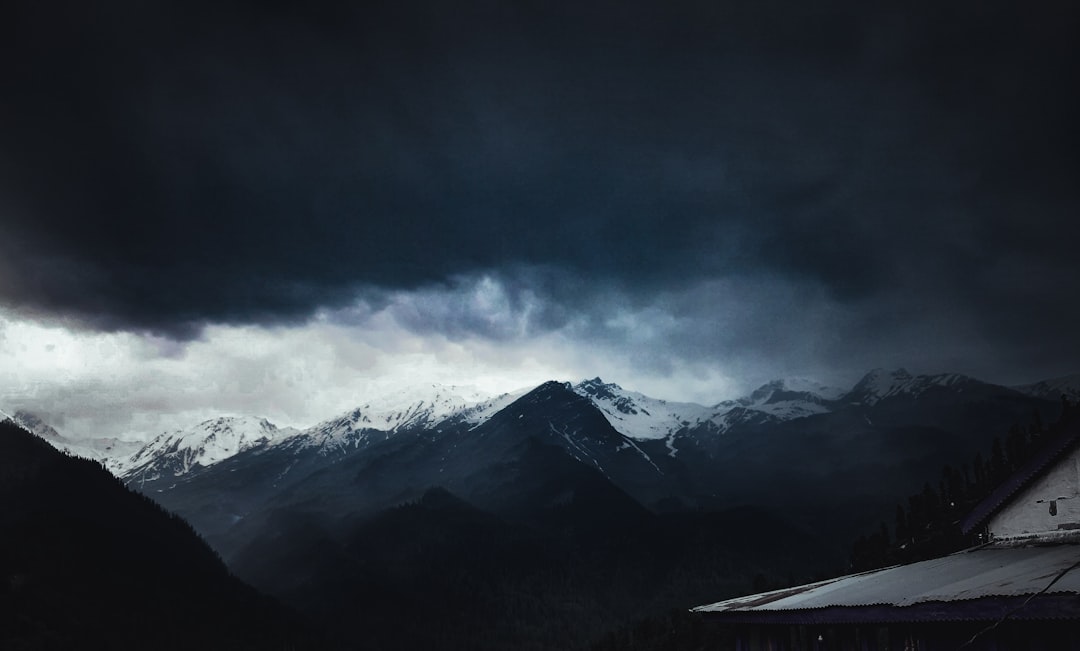
In mid-latitude, polar, and high mountainous regions hypercanes probably would have contributed significantly to the accumulation of snow and ice during the “ice age”. This connection between superstorms and glacial periods suggests these ancient weather systems played a crucial role in shaping entire climate epochs.
Unimaginably large volumes of water were lofted into the upper atmosphere, and shortly thereafter, the cold upper atmosphere was saturated with water, mostly in the form of ice clouds, with time the ice crystals coagulated and fell back to the earth. Imagine storms so powerful they could literally manufacture ice ages by pumping massive amounts of water vapor into the stratosphere.
Geological Signatures of Extreme Weather Events

The hazard management of tsunamis and other extreme waves is based on the assessment of the frequency-magnitude relationship of these events, which uses instrumental, historical and, critically for the evaluation of long-term recurrence patterns, geological evidence. You can think of rock layers as nature’s history books, preserving evidence of catastrophic events from millions of years ago.
One of the most controversial fields of tsunami geology is the interpretation of coarse-grained deposits, particularly boulders transported by either storms or tsunamis, with boulders widely used to infer tsunami deposition in Mediterranean studies. The challenge lies in determining whether massive geological features were created by storms, tsunamis, or other forces entirely.
Ancient Storm-Carved Landscapes

Extreme precipitation events could explain the erosion of unconsolidated land masses near continental boundaries, with some of the erosional features of southeastern Asia and western Africa potentially explained in terms of heavy precipitation from hypercanes. This suggests that entire mountain ranges and valleys might bear the scars of prehistoric superstorms.
Extreme precipitation events on the tropical continents for several hundred years after the Flood may have eroded large areas of unconsolidated sediments. The erosive power of these ancient storms could have carved landscapes in ways we’re only beginning to understand. Continental features we attribute to millions of years of gradual erosion might have been sculpted in mere centuries by unprecedented weather violence.
Tsunami vs. Storm: Distinguishing Ancient Catastrophes

Discriminating between storm and tsunami deposits in the geological record is one of the most challenging and hotly contended topics in coastal geoscience. When you examine ancient rock layers, distinguishing between different types of catastrophic events becomes a detective story written in stone.
These wide-ranging examples underscore the challenges of interpreting the stratigraphic record of high-energy coastal events and demonstrate that careful and detailed multiproxy analyses are important to effectively differentiate between geological archives of storms and tsunamis. Scientists use multiple lines of evidence to solve these geological mysteries, combining sediment analysis, fossil records, and computer modeling.
Superstorms and Continental Drift

Both periods of climatic upheaval are associated with supercontinents, with enhanced weathering on the orogenically and thermally buoyed supercontinents stripping CO2 from the atmosphere, initiating a cooling trend that resulted in continental glaciation. The relationship between massive landmasses and extreme weather patterns suggests superstorms may have played a role in breaking apart ancient continents.
Was Great Britain once connected to Europe, then cut off by a violent storm and flood that created the English Channel? While this specific scenario remains speculative, the broader concept that extreme weather events could contribute to continental reshaping has scientific merit. The interplay between massive storm systems, sea level changes, and geological processes could have carved waterways and reshaped coastlines on a continental scale.
Modern Evidence of Ancient Violence
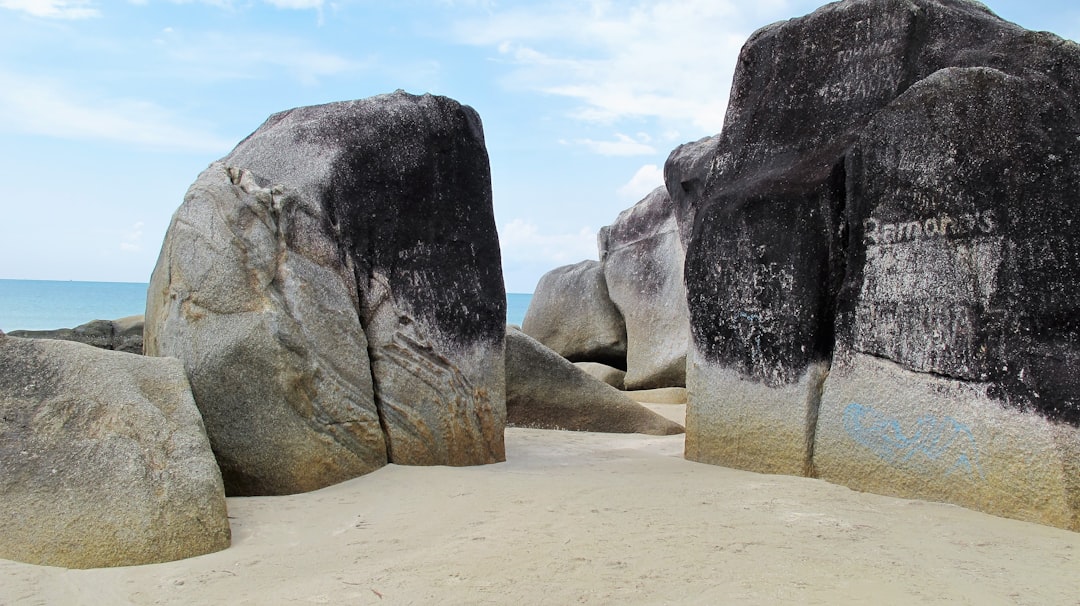
In November 2007 a team of geophysicists from the University of Texas announced the discovery of possibly the largest tsunami transported boulders ever recorded, however also such boulders seem not to be always unequivocal evidence for a tsunami. The ongoing debate about whether massive boulders indicate ancient superstorms or mega-tsunamis highlights how much we still don’t know about prehistoric catastrophes.
Large megaclasts found along the cliffs of the Irish Aran-Island, ranging in weight from 20 to 230 tons and regarded as tsunami deposits, were reinterpreted in 2004 as boulders moved by strong storms coming from the Atlantic Ocean. This reinterpretation demonstrates that even the most massive geological features we see today might have been moved by prehistoric superstorms rather than tsunamis.
The Future Implications of Ancient Superstorms
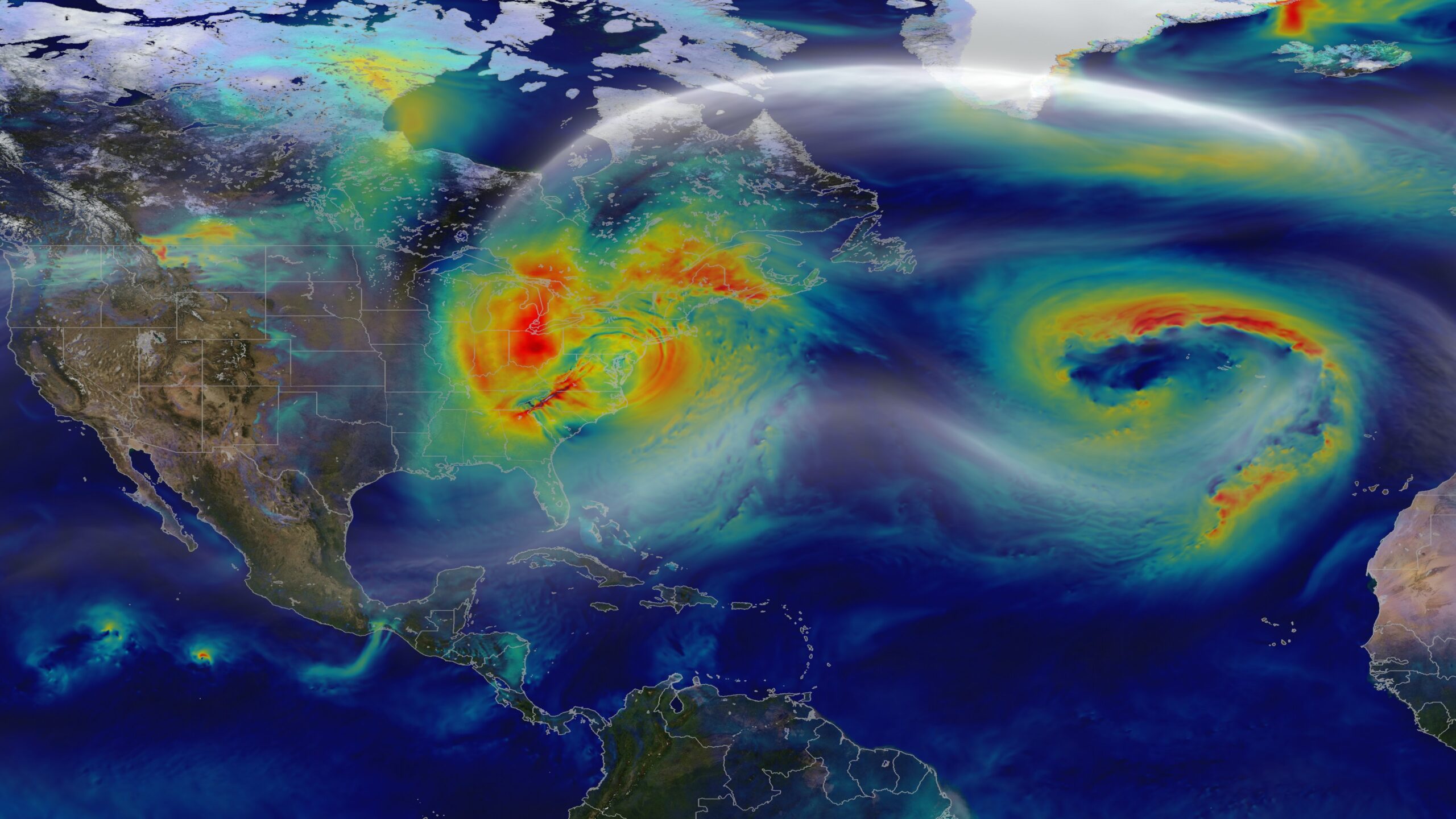
Scientists theorize these enormous storms could have been responsible for drastic environmental changes thousands of years ago, and as climate conditions shift, the possibility of hypercanes becoming more than just a theory raises crucial questions about our future and the state of the Earth. Understanding these ancient weather systems isn’t just about the past – it’s about predicting what might happen again.
These conditions could return again if polar ice sheets melt rapidly, upending ocean circulation and potentially causing a host of other difficult-to-predict scenarios. The evidence suggests that under certain conditions, our planet could once again experience weather systems powerful enough to reshape continents. Climate change might not just bring stronger hurricanes – it could bring back the hypercanes of prehistory.
Conclusion

The evidence points to a startling conclusion: prehistoric superstorms may indeed have played a fundamental role in shaping the continents we know today. From impossible boulder placements to mysterious erosional patterns, the geological record whispers of atmospheric violence beyond our modern experience. These ancient hypercanes didn’t just bring wind and rain – they brought continental transformation.
The implications stretch far beyond academic curiosity. As our climate continues to change, understanding these prehistoric superstorms becomes crucial for predicting our planet’s future. What do you think about the possibility that storms could literally reshape continents? Tell us in the comments.



